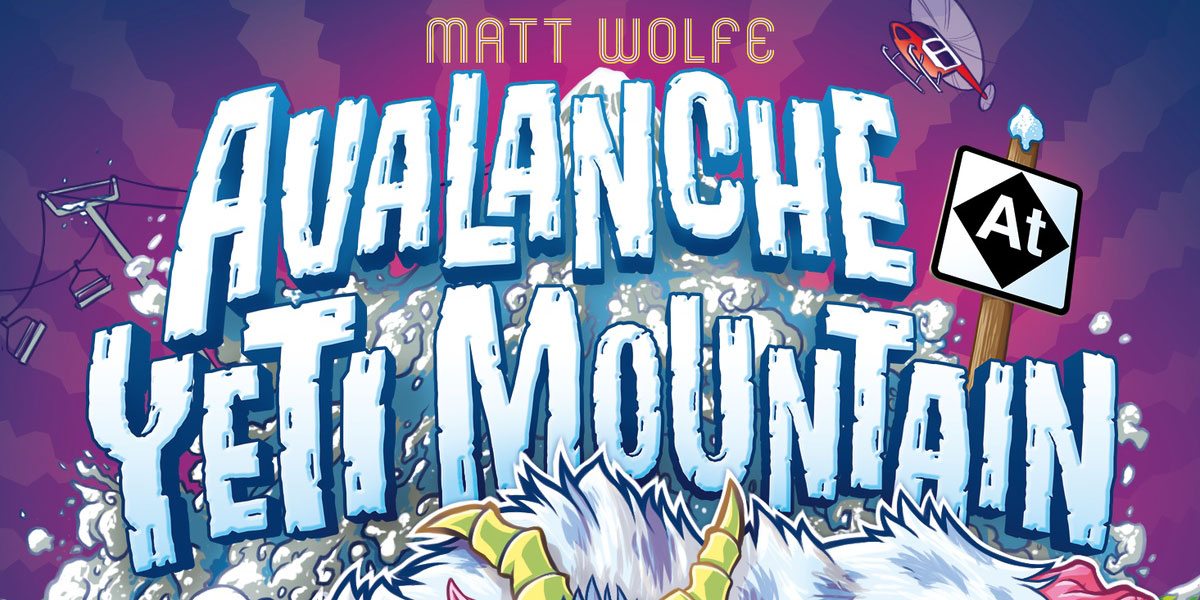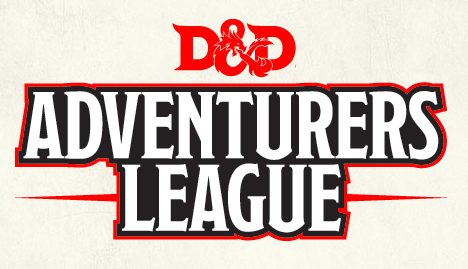
I would like to begin by apologizing for the number of cow jokes and puns in this review. Wait… no, I wouldn’t—that’s the moo-d you need to play Long Cow. Whether your family is at home on the ranch or you’re a bunch of city slickers, Long Cow, a card game by Gamewright, is “udderly ridiculous” and a fun game to play.
What Is Long Cow?
Long Cow is a card game for 2-5 players, available on Amazon for $14.99. The box lists it as ages 8 and up, but there’s no reason younger children can’t play successfully, although it would help if they can read. The goal of the game is to build up your herd of cows. You want the longest cows and the largest herd you can gather, and you can sabotage your opponent’s herds along the way. The game is easy to pick up and play in about 30 minutes.

Long Cow Components
The game comes in a milk-carton-shaped box. Inside you will find:
- 90 cards
- 2 “ribbon” markers
- 1 “mooer”

The cards are sturdy and feature colorful and amusing images of cows, calves, and other assorted barnyard-related items. The artwork is cartoonish, but the jokes are clever enough to draw a smile from jaded adult players as well. Don’t be fooled by the limited contents—a thoughtful sense of design dictated every choice for this game. Even the basic cow cards are illustrated with fanciful touches—a cow head has horns festooned with barbed wire ready for Wile E. Coyote, while the spots on a Holstein’s side spell out a message to the player.
There are several different types of cards in the deck. Basic cow cards come in three breeds. Longhorns are light brown with spots and (duh) big horns. Holsteins are white with black spots, while Highlands are brown and need their bangs trimmed. You can have head, middle, and tail cards.

There are also “wild” cow part cards, which can be integrated into any cow formation. Here the designers had some fun—you get robot cow parts, parts escaping from straitjackets, and parts with labels like “100% organic.” There are also calf cards, which feature baby cows drawn like Disney Princesses with huge eyes and exaggerated features.

So far, pretty normal, right? The designers really went for the theme with the other cards: crossbreeds, food, specials, attack and defense cards offer jokes about cow tipping, alien abductions, “holy” cows, and even “Deja Moo.”
In keeping with the theme, the “ribbons” are cardboard versions of what a rancher might win at the county fair. The green one is awarded to the first player to complete a cow, and the player who currently holds the largest herd earns the red one. The mooer is a small plastic noisemaker awarded to whoever has the longest cow at any given moment. It’s supposed to moo like a cow (hence the name), but it sounds like a cross between a duck and a sheep. Still, it fits with the slightly wacky tone of the game and is a huge hit with younger players.
The components are simple and could easily be shifted into a smaller container if you want to take your herd on the moo-ve. Bad jokes aside, this really is a potentially excellent travel game. The only thing you truly need are the cards—even the ribbons and mooer could be dispensed with, if necessary. Have a (long) cow in a waiting room or at a restaurant, at the airport or in a car.

How to Play Long Cow
Your goal is to create cows from your hand. A cow must be at least two cards—a head and a tail—of the same breed. To win, however, you want to make the longest cows possible by adding in lots and lots of middles.
Wild cards can be used with any breed—like the wild cards in other games like Uno, they can stand in for anything you want. Wilds can help you expand your cows, but to get a really long bovine, you’re probably looking at crossbreeding.

Crossbreeding involves playing a crossbreed card. There are three: the “Cow Love” card, the “Mad Scientist” card, and the “Franken-cow.” These allow you to combine two breeds (if you play Cow Love) and three breeds (if you play Mad Scientist or Franken-cow), along with wild cards, creating a truly monstrous-looking, lengthy animal.
Gameplay is easy to pick up quickly. Each player gets six cards; the rest of the deck is stacked in the middle of the playing area, and a discard pile is created next to it. The last person to have seen a real cow gets to go first.
Your Moo-ve
When it’s your turn, you may choose to draw two new cards from the deck or take any one cow part card from the discard pile. You can dig through the discard pile if you need to, but you can only take cow parts—a detail which becomes important as the game goes on.
Once you have added to your hand, you can play as many cows as you like. Be careful—once a cow is played, you cannot add to it unless you have a food card. It can be risky to play your cows too early. On the other hand, you can only keep 10 cards in your hand at a time, so better to play a small cow than discard useful cow parts.
You can make a cow out of matching breed cards, mixing in Wild Cards if you have them. Crossbreeds, as mentioned earlier, also help you lengthen those cattle. Once you have played at least one adult cow, you can add calves to your herd too.

If you are the first player to produce a cow, you earn the First Cow green ribbon, which is yours for the rest of the game. The Biggest Herd ribbon and the much-prized Longest Cow mooer are passed from player to player, depending on who has the longest cow and/or biggest herd at a given moment. To earn the Biggest Herd ribbon you must have at least three cows in your herd; likewise, the longest cow award can only be given to the player who has created a cow that is five cards or longer.

When you have played all the cards you wish to play, you inform the player next to you that it is their “moo-ve”—yes, it actually specifies that in the instructions. This moment is particularly popular with younger players, which might be one of the few drawbacks to playing Long Cow in a public place.
Card Varieties Keep It Interesting
A game where you collect cow parts? Sounds like a lot of luck and no real competition, right? Slow down, cowpoke—there are some surprises waiting in that game deck. Attack, defense, and special cards can help you do some cattle thieving—or defend your herd against the filthy rustlers who want to do you wrong.

Attack cards are possibly my favorite element of the game, featuring alien abductions, cow tippers, and tornadoes. You play one of these cards against an opponent to shrink one of their cows or to remove a calf or an entire cow from play. These stolen animals go into the discard pile. Defense cards, obviously, give you a chance to defend against attacks with cattle dogs, branding irons, barns, and veterinarians. You can play some defense cards in advance to prevent attacks, while other cards can only be used while you are under attack. If your defense card stops an immediate attack, you have to discard it (and the attack card) when that turn is over.

Special cards let you do other actions, like swiping cards from another player’s hand or, in the case of the appropriately-named Deja Moo, getting yourself another turn. Defensive cards cannot block specials, so you are at the mercy of your opponents when these cards are played.
Remember that while you can go through the discard pile, you can only take cow parts out of it, so crossbreed, food, attack, defense, or special cards are gone once you’ve played them.

End of the Trail, Little Cowpokes
The game only lasts as long as the deck of cards—no re-shuffling here. When one player draws the last card from the deck, everyone is given one more turn to play any cards they have remaining in their hands, and then scoring is reckoned.
You get one point per cow part, one point per calf, plus any bonus points from the First Cow, Longest Cow, Biggest Herd awards.

Should Long Cow Win the Prize at the County Fair?
Long Cow is fun and easy-to-play, a family-friendly card game that embraces its silly theme. The illustrations and card titles are clever enough to amuse adults, but the overall experience is accessible for all ages and experience levels. If your friends are hardcore Euro-gamer types, Long Cow is not going to dominate your next gaming get-together, but it’s not a bad way to pass the time at a restaurant while you’re waiting for the appetizers and adult beverages to arrive. And if your evenings tend to be of the “looking for screen-free fun with the kids” variety, Long Cow can give everyone the giggles without keeping them up past bedtime. Whether you’re a greenhorn gamer or an experienced tabletop ranch hand, Long Cow is a worthy addition to your gaming herd.
Disclosure: GeekDad received a copy of this game for review purposes.
Click here to see all our tabletop game reviews.
If you’d like to stay up-to-date with all of our tabletop gaming coverage, please copy this link and add it to your RSS reader.






Sounds like a kick! Looking forward to giving it a try. Like your playful writing style.
Hi everyone =)… I ordered this game on Amazon, but it only has 88 cards? I can’t seem to find a “list” of cards anywhere to figu re out what I’m missing. Can someone help? Or point me in the right direction? Thankyou for your time and help…
I’m sorry your game didn’t come with all the cards. I don’t know of any lists that specify exactly how many of each type of card the game comes with. You may need to reach out to Gamewright directly.
In the meantime, you could probably play without those two cards. There really aren’t any cards in the game that are so crucial that you can’t play without them.
There are a very interesting question and very positive thinking in skull kid your mind so I like this topic so I one suggestion we can use it now bing.